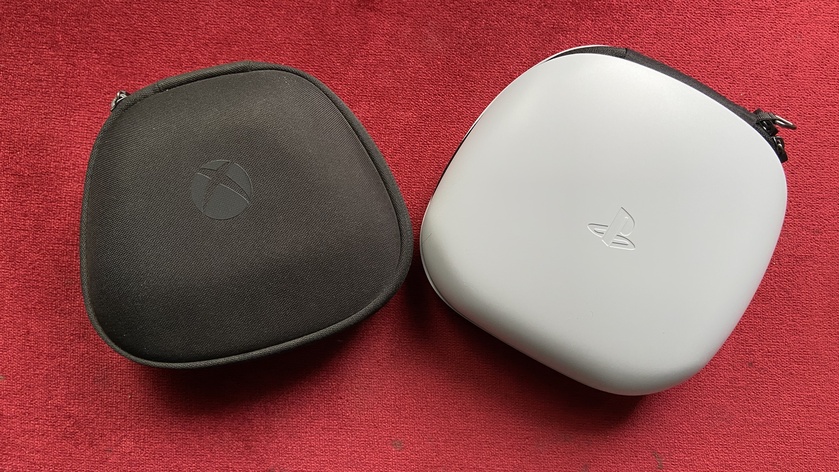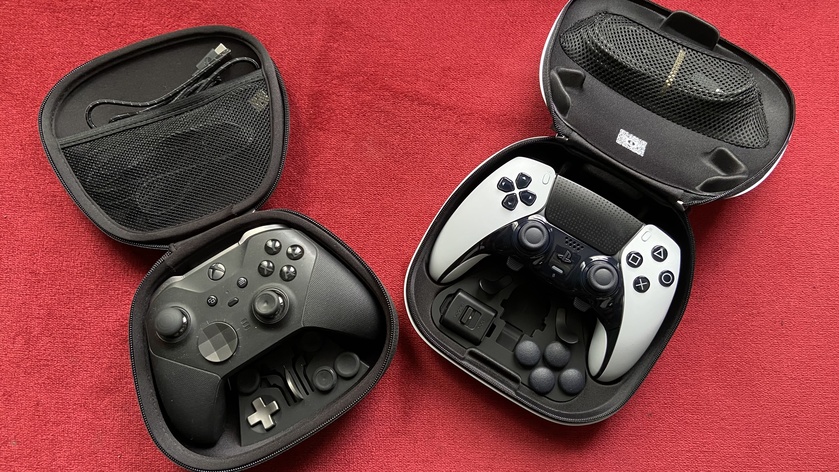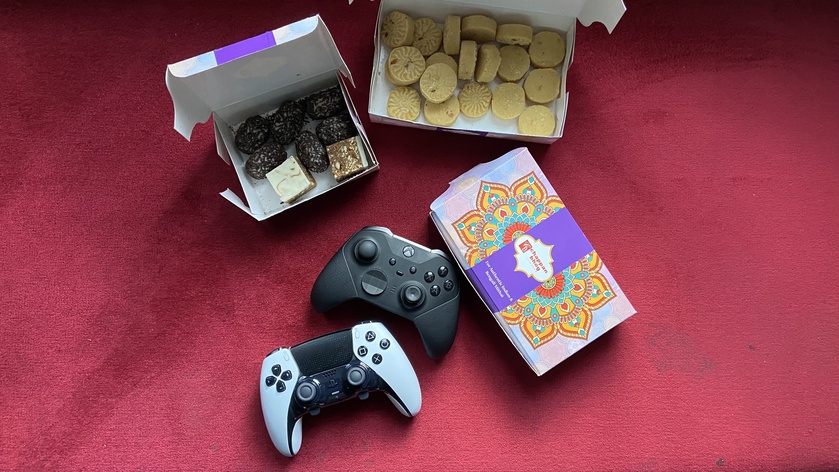Over the past few weeks I have been playing a wider variety of video games. Partly because the Souls-like bug bit me but also because I’m in the mood for varied and different storytelling experiences. This has led me down the path of older recently published games in the double A space. I had no interest in many of these games at launch. However, with some of them being deeply discounted several moons past their launch window they do seem like worthy purchases.
It is important to note that in my soiree thus far I have determined that there are two types of Double A games. Some are truly Double A in every sense but aim to wow in innovation and storytelling. These tend to lack a high level of polish. Others are simply triple A games with a Double A scope. These would be games like Chronos: The New Dawn(Bloober Team), Prince of Persia: The Lost Crown(Ubisoft) to name a few. These were published by developers who routinely feature heavily in the Triple A space but are projects that are smaller in scope and retail for less than full throated Triple A releases. The former would consist of games such as Hell is Us, Remnant I & II which were developed and published by smaller studios for a fraction of the budget of regular Triple A titles.

Often times and more recently with the advent of broken triple A games on launch there is an ever louder chorus to support more indie/smaller developers by purchasing their products within their launch window. This enables these smaller teams to be rewarded for their efforts while hopefully turning a profit much sooner which can further be reinvested in future titles. While a noble and worthwhile endeavour, not all Double A games launch with an acceptable degree of polish. Some are completely broken at launch while others have deep seated issues that require more time and effort to resolve.
One such title is Hell Is Us, published by Nacon and developed by Rogue Factor, a first time developer. This game was not expected to move heaven and earth. It is a unique take on a post-apocalyptic world with regular gameplay mechanics. This is a title I pre-ordered not only to show support for the studio but also because I found the concept alluring. Sadly, something does seem to be lacking with the gameplay. In particular, the playable character moves and feels unnatural in his movements. In addition, the game crashed my Xbox during traversal. I immediately uninstalled it and will only give at a go further down the line when it has been patched and most issues ironed out.

To be fair, I have also had Triple A games crash my Xbox albeit only two in my entire gaming life. Much larger games in terms of scope, budget and ambition.I recently purchased Lords Of The Fallen 2.0 and also experienced this seeming weightlessness of the playable characters. Remnant II also crashed my Xbox Series X within the first few hours of gameplay. As an interesting aside, these are all Unreal Engine 5 titles. Perhaps there is something these smaller developers are not getting right with the game engine.
On the other end of the spectrum are games like Banishers: Ghosts of New Eden and Chronos: The New Dawn. The latter being developed by Bloober Team and the former by Don't Nod. Both smaller studios with Bloober Team treading the line between the Double A & Triple A space. These games both run really well and have done so since launch. A rarity in the gaming space. Both were developed in Unreal Engine 5. These games while not revolutionary are carried by the strength of their storytelling, sound design, technical state at launch, voice acting, environmental design and more. A real boon to the Double A space and in my view worth the full price of admission.
Picture Credits, in order of appearance: CI Games; Rogue Factor; Don't Nod.




















